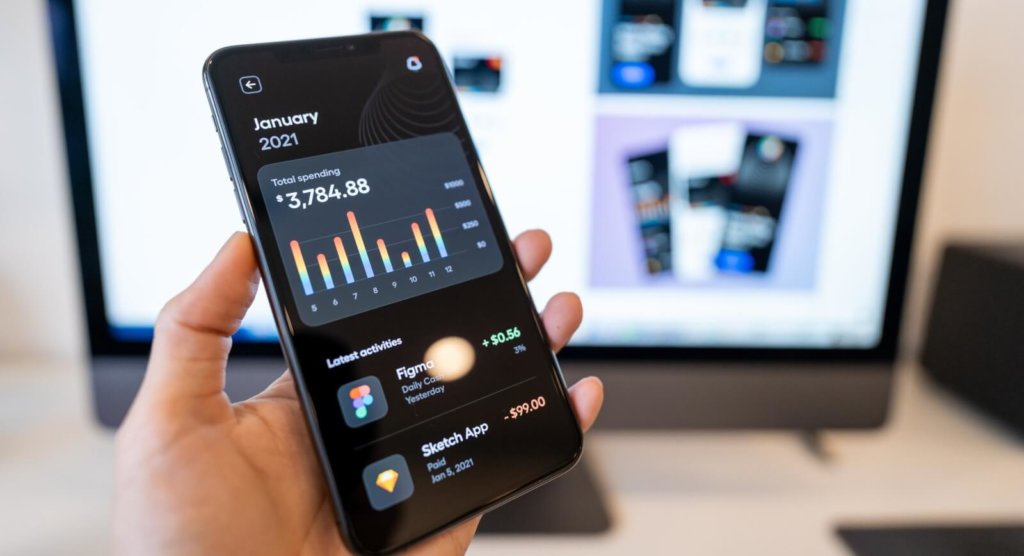
Nowadays it seems as though every time we open our smartphones we are bombarded with advertisements for new mobile apps ranging from fitness to gaming. In fact, it is estimated that over 750 apps are released on the iOS App Store every day from over 748,000 application publishers, suggesting that custom mobile app development has progressed into a rather streamlined process.
To serve our Los Angeles community, we dedicate immense resources and time investment to thrive in these new cutting-edge technologies. With the help of Dogtown Media, you no longer need to rely on internal resources to get the job done. Partnering with us means you have a trusted advisor in your corner who is an expert in all things development.
Now, because mobile application development has become more accessible and simplified over the past few years, many new developers are skipping the basics and diving headlong into the development industry. And, who could blame them? After all, with countless open-source application builders and programs to choose from, mobile app development has never been easier. In this case, however, “quick and easy” doesn’t necessarily translate to success.
Did you know that nearly 80% of mobile apps fail within their first year on the market? This is largely due to the fact that most applications fail to provide necessary components such as proper functionality, continuous updates, or adequate security. In other words, by instilling the fundamentals of application development within mobile apps, developers garner a much higher chance of consumer approval on the market.
Throughout this article we will be discussing some of the primary fundamentals to consider when designing a mobile application. With this information we hope to provide you with development insights to use as you strive to produce an application that is adaptable, intuitive, and built to withstand the massive influx of new applications entering the market.
Developer Accessibility

One of the least thought about, yet most important components of mobile application development is ensuring that the framework of your app is “developer-friendly”. With most open source application builders, developers typically do not have direct access to their app’s core infrastructure. And, if they do, it often consists of obscene amounts of complex code that developers must spend hours upon hours deciphering.
As a result, developers may be unable to offer proper updates and app improvements, ultimately rendering the app unusable as bugs are found and operating systems are updated. Hence, the core supporting infrastructure or your app should be designed in such a way that it is accessible for your team to go in and create updates, offer support, and improve the overall functionality of your application.
The User Experience

Arguably the most crucial component of any mobile application is the user experience it provides for your consumers. For an app to be successful, you must ensure that it behaves in a manner that your users expect when they interact with and use your app. In other words, it is critical for your app to be intuitive, engaging, and most importantly, user-friendly.
Oftentimes, the release state of an app isn’t quite up to par with how its users expect it to perform. And, while this isn’t out of the ordinary, it’s vital that you collaborate with your target audience and consumers to understand their demands from the app as well as any improvement recommendations they have to offer. Ensuring the optimization of your app’s “real-life experience” is bound to garner approval from your end users.
Adequate Security

Similar to developer accessibility, another commonly overlooked component of mobile app development is security within the app. Depending on the type of application, developers may be responsible for storing and safeguarding sensitive information from credit cards to social security numbers. For instance, mHealth applications hold the responsibility of storing confidential patient health information, and must remain in compliance with HIPAA guidelines. In other words, with cyber crime on the rise, there is no margin for poor security when protecting this data.
With that in mind, a strategy to consider with the development of your mobile app is to consider a “security by design” approach. More specifically, this concept simply means to incorporate security measures during the design process of the application. These security measures can include anything from data encryption to anti-virus software within the application, as well as routine penetration testing and vulnerability scanning conducted on the back-end.
In Conclusion…

Now, there are certainly other fundamentals involved with mobile app development that we could have talked about. However, we chose to focus on the three that have the highest potential to either make or break mobile apps. And, by leveraging the information we provided throughout this article, we believe that you will have the necessary tools and tactics to create a mobile app that exceeds consumer expectations.





